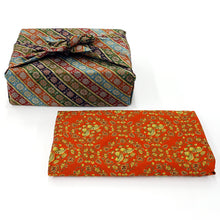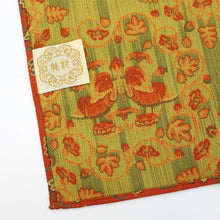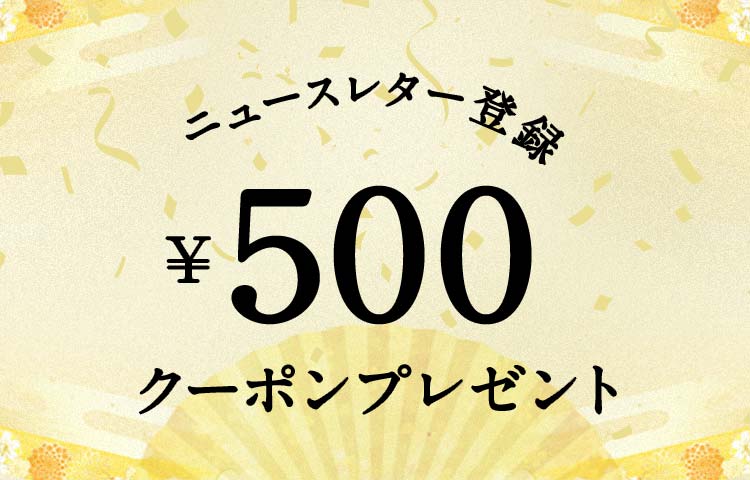Detail
| Product : | Furoshiki (Japanese Wraping Cloth) (60x60cm) (Shichiyo Taishi) |
|---|---|
| Type : | 風呂敷 |
| Tags : | Wrapping available、 Japanese Accessories、 Patterns_Seventh day of the seventh month Taishi、 Horyu-ji cleft、 |
| Other : | The pattern may be different from the image shown due to the cutting process. Please understand this in advance. |
| Other : | Gift wrapping service available |
Reviews
Description
Furoshiki with popular design of "Meibutsu-gire (specialty cloth)" design.
Patterns
Shichiyō Taishi(Brocade of the Seven Luminaries Pattern)

The original cloth is one of the kasuri fabrics (clothes with s plashed patterns) that have been handed down in Hōryū-ji temple in Nara, that are believed to have had been woven under the strong influence of th e Indian culture introduced to Japan in the Asuka period (593-710A.D.). It depicts the seven luminaries and composes the delicate and flowing rhythm using the seven-colored warp yarns. It is said that Prince Shōtoku (574-622A.D.) loved this design and so this is called one of the "taishi kanto" (Prince's fabric), together with two other designs in the ancient fabric.













